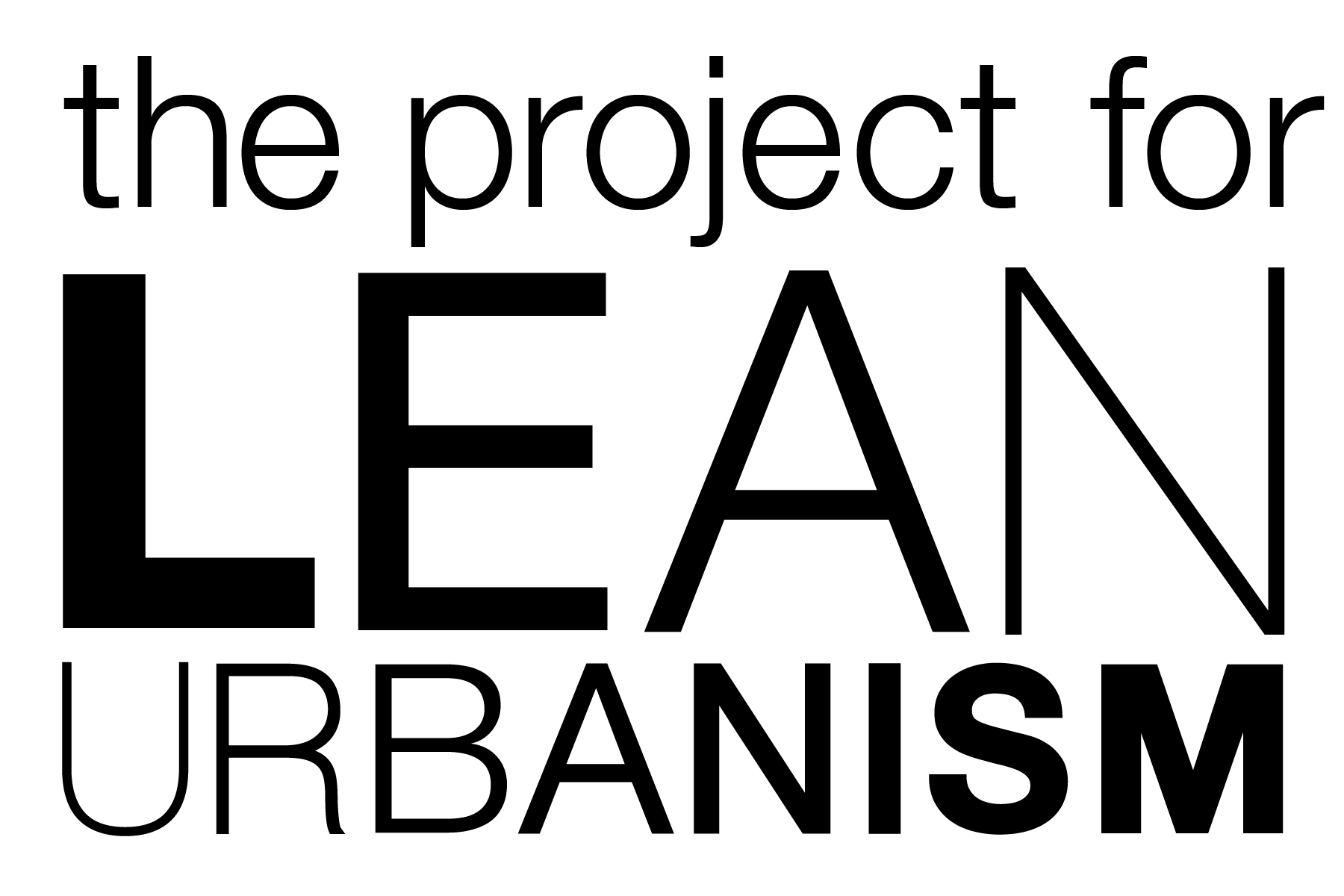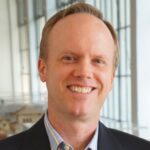Introduction
A primary goal of the Project for Lean Urbanism is to enable more people to participate in building their homes, businesses, and communities. We focus on the following approaches:
- Community-building that requires fewer resources
- Economic development that recognizes the value of small-scale projects and businesses
- Redevelopment that enables local residents and businesspeople to take part in and benefit from a neighborhood’s revitalization
- Municipal governance that reduces the regulatory and bureaucratic barriers faced by small-scale projects and entrepreneurs.
And we’re developing tools and offering technical assistance to make this happen. That’s how we’re Making Small Possible.
House Hacking
Housing is a critical component of community-building. It’s the biggest expense for most households, and for most people who own their home, it’s their biggest asset. Housing can create wealth for existing and new residents. It can also create opportunities for growing, improving, or preserving a neighborhood.
But housing has become less and less affordable in recent years. Red tape, in the form of regulatory and bureaucratic barriers, has made it increasingly difficult to find or own suitable housing. (More info here.) The Project for Lean Urbanism is providing tools and technical assistance to municipalities that want to reduce those barriers. We’re helping cities create Pink Zones — areas where the red tape is lightened — to remove barriers in their zoning and building codes and streamline their processes to reduce the burdens that small-scale projects encounter.
We’re also providing tools for people to use in their communities. House hacking fits in perfectly with all of our key focus areas. It’s a powerful tool for Lean Urbanism. It helps overcome the barriers to entry, and accomplishes individual and community goals. We created this House Hacking Catalog to show how it’s possible and to provide inspiration, information and ideas to make it happen.
Missing Middle Housing
Missing Middle Housing is a term that refers to the types of residential buildings — those in the “middle” between single-family detached homes and large apartment buildings — that once were built in cities and towns across the country but are mostly outlawed today. They are typically excluded from many zoning districts, so they’re “missing” from the housing supply.
This catalog focuses on building types that provide one to four dwelling units. Many zoning districts prohibit small multi-family buildings, but most cities have neighborhoods where they still exist and are allowed. Existing Missing Middle Housing provides great potential for house hacking because they are often in walkable locations and because so many people — singles, young couples, teachers, professional women, and baby boomers among them — are looking to live without the cost of cars and the maintenance of a single-family home.
Overview
House hacking, put simply, means finding a way to create income with a home to offset the costs of the mortgage. The most common methods of house hacking have historically been renting out extra rooms, renting an apartment above a garage, or living in a duplex or triplex. This manual aims to document a variety of types of house hacking, for both existing buildings and new construction opportunities. It’s not a complete instruction manual, but rather is meant to share ideas, stories and to inspire.
The most obvious benefit from house hacking is to reduce expenses. Housing is the #1 expense for most people, and house hacking can significantly reduce that cost. In some cases, it can eliminate it entirely, or even turn it into a small profit. And when the house hack is in a walkable location, as discussed later, you might also be able to reduce or eliminate most people’s #2 cost, transportation.
House hacking can be especially useful for people in careers or lines of work with less-predictable, irregular income. For example, artists, architects and people in creative fields that have routine up and down cycles benefit tremendously from a vastly reduced cost of housing that is owned.
In addition, house hacking is an excellent method for trying out real estate as a personal or professional investment. It allows an owner to learn all of the skills he/she will need in owning rental property, with a low entry cost and while living on- site. For young people especially, it’s a great way to get started in real estate and small-scale development.
Even for those not looking strictly to make money, house hacking can provide flexibility for their lifestyles and their families. An extra unit or room on your property can be rented to a family member, for example. An aging parent or grandparent can live on-site. A nanny or caregiver can do so as well. Any of these can save money for the whole family unit, while not necessarily providing direct cash income to the owner. They all can be examples of “aging in place.” The possibilities are too numerous to list, which is why this was a traditional housing approach for many generations (and still is in many parts of the world).
Download
Download a free pdf of the House Hacking Catalog or buy the book and ebook. It contains descriptions of the types of buildings, rentals, and construction that make good options for house hacking, plus issues to consider including financing and finding the right property, as well as additional resources.


